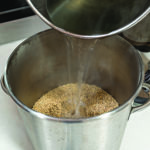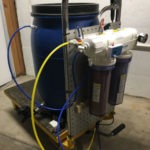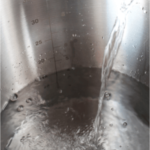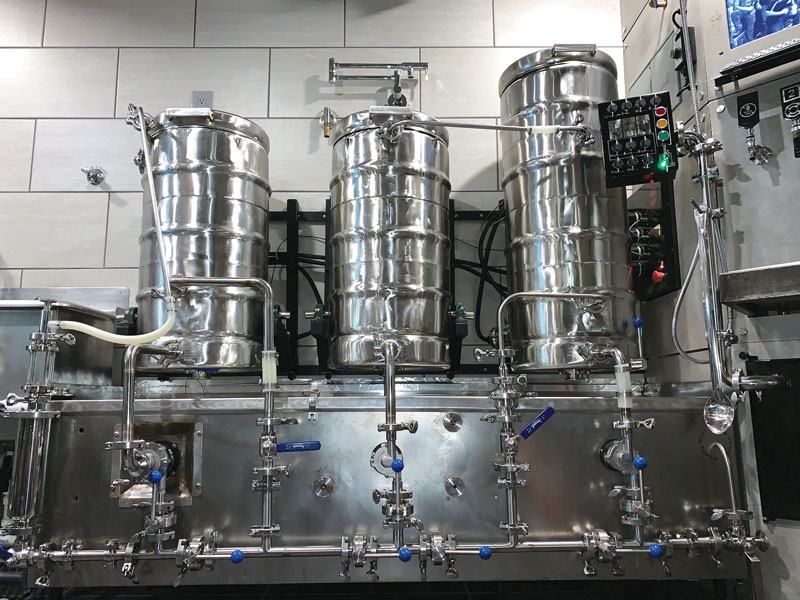Topic: Water
Pre-Boil vs. Post-Boil Water Ion Concentrations
This is a really good question. Water chemistry is discussed in terms of pre-mash concentrations with minimal attention given to the concentration of ions following mashing (and boil). Perhaps the primary reason
Dial In Your Brewing Water No Matter The Source
Thanks for the great question about water. I will jump into the middle of the pool here and try not to stray towards the deep end where the abyss of things not
Adjusting Flavor Using Brewing Salts
The Beer Judge Certification Program (BJCP) training material outlines a sensory training process for brewers and clubs using ingredients found around the home or the brewery. As Education Chair for the Aurora
Brewing Water Tweaks
Grain bill, grist ratio (mash thickness), and salt additions all affect mash pH. I am not going to address specific how-to details related to the EZ Water Calculator in this answer, but
Water Adjustments: Tips from the Pros
Just because water is safe to drink doesn’t mean it is ideal for making great beer. Changing the chemistry of water is the first step great brewers take when creating a recipe,
Brewing with Reverse Osmosis Water
You can’t trust water: Even a straight stick turns crooked in it.” – W.C. Fields. Over the years, I’ve probably had more discussions, debates, and arguments with other brewers over water than
Combating Chloramine
As far as chloramine removal goes, your “belt and suspenders” method is more than capable of removing chloramines from water. Just to very briefly hit this topic, carbon filtration is a great
Shifting Water: Understanding brewing water additions
Water continues to be one of the leading topics homebrewers want to learn about. Get some high-level pointers from the man who literally co-authored the book on the topic.
Tuning In to Water Profiles
I have never written extensively about brewing water profiles and cannot knowingly comment about why this topic is usually addressed by reviewing the water profiles of historically important brewing centers. But I
Portable RO System: Water on the go
Reverse osmosis (RO) systems have become fairly common in the homebrew world. While most systems are meant to be stationary, one homebrewer wanted to make his portable. Check out his mobile RO system build.
Talking Brewer’s Water Lingo
Learn the basic terms and lingo of brewing water.







